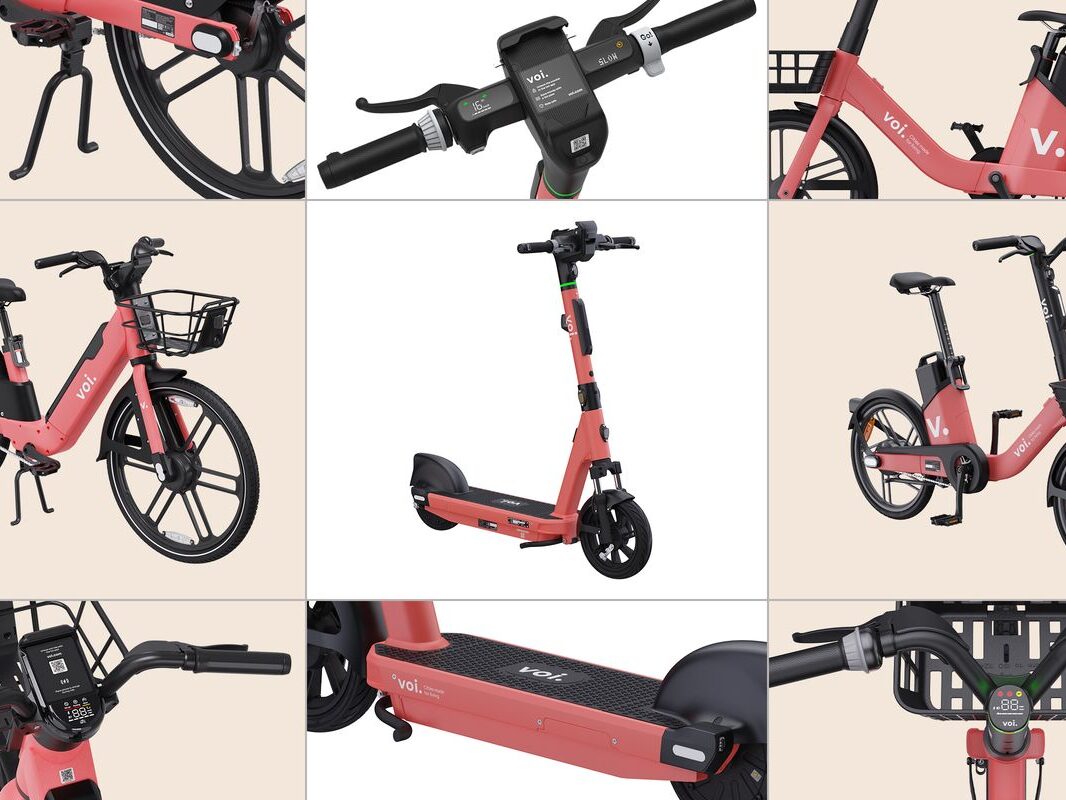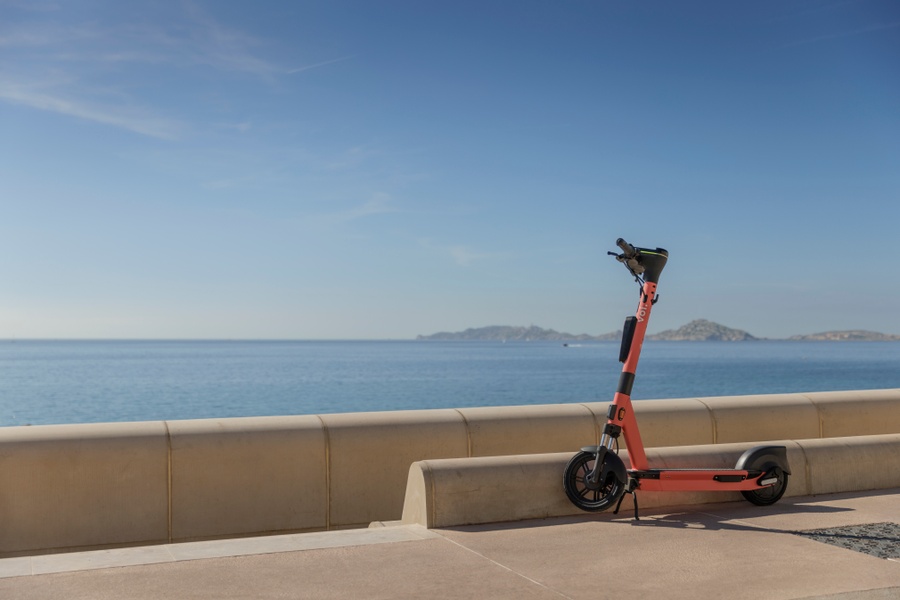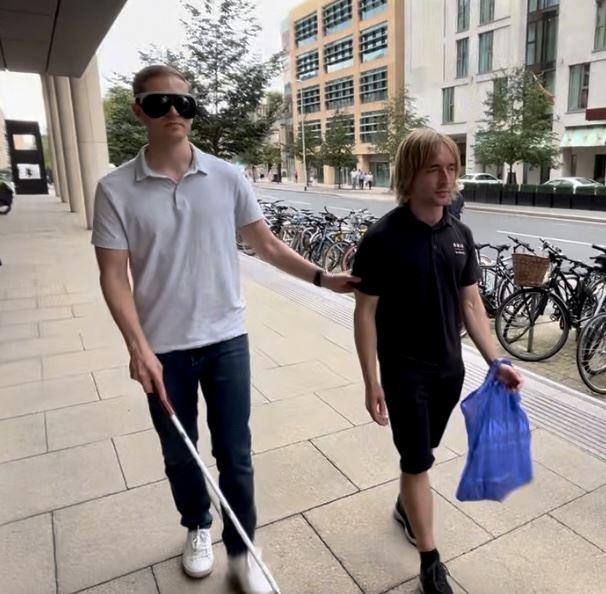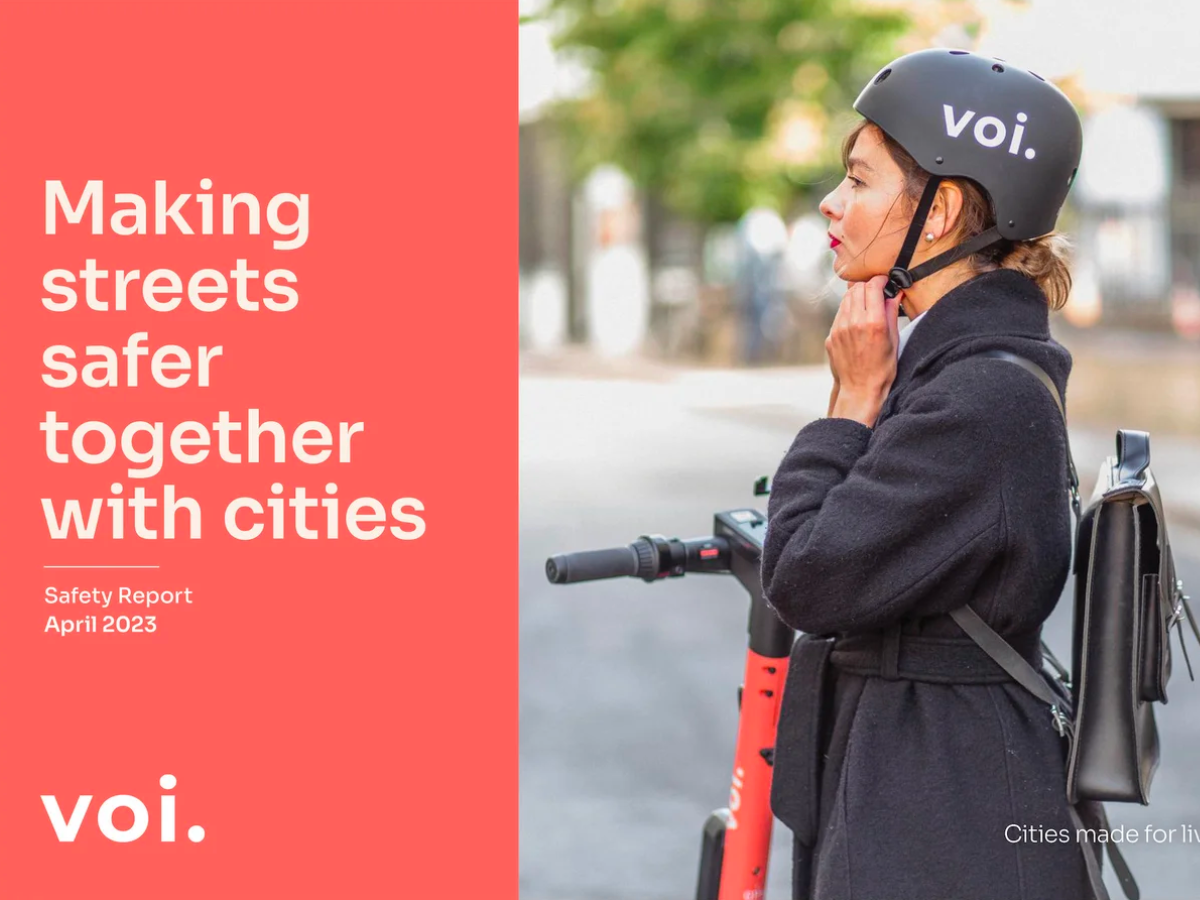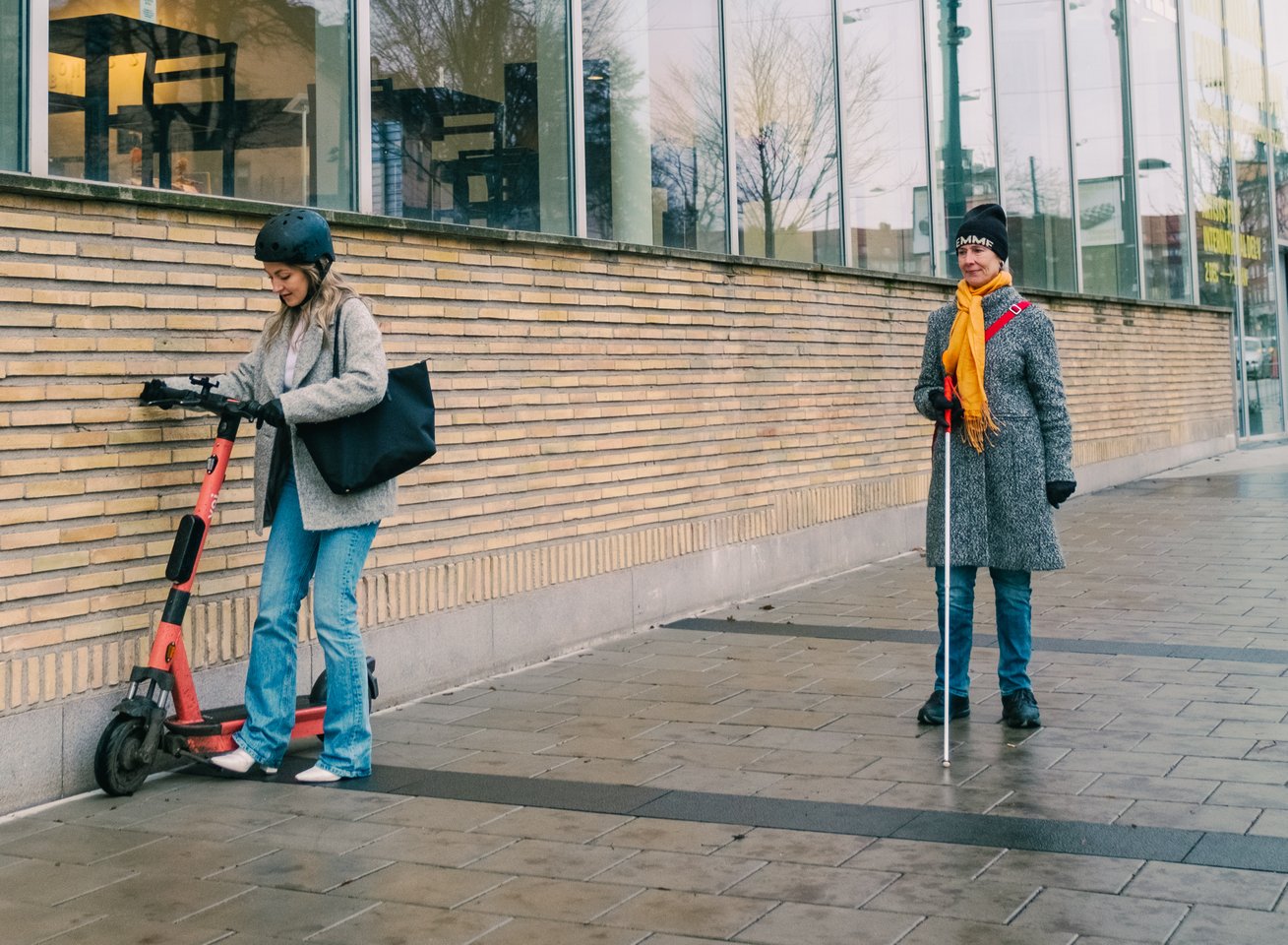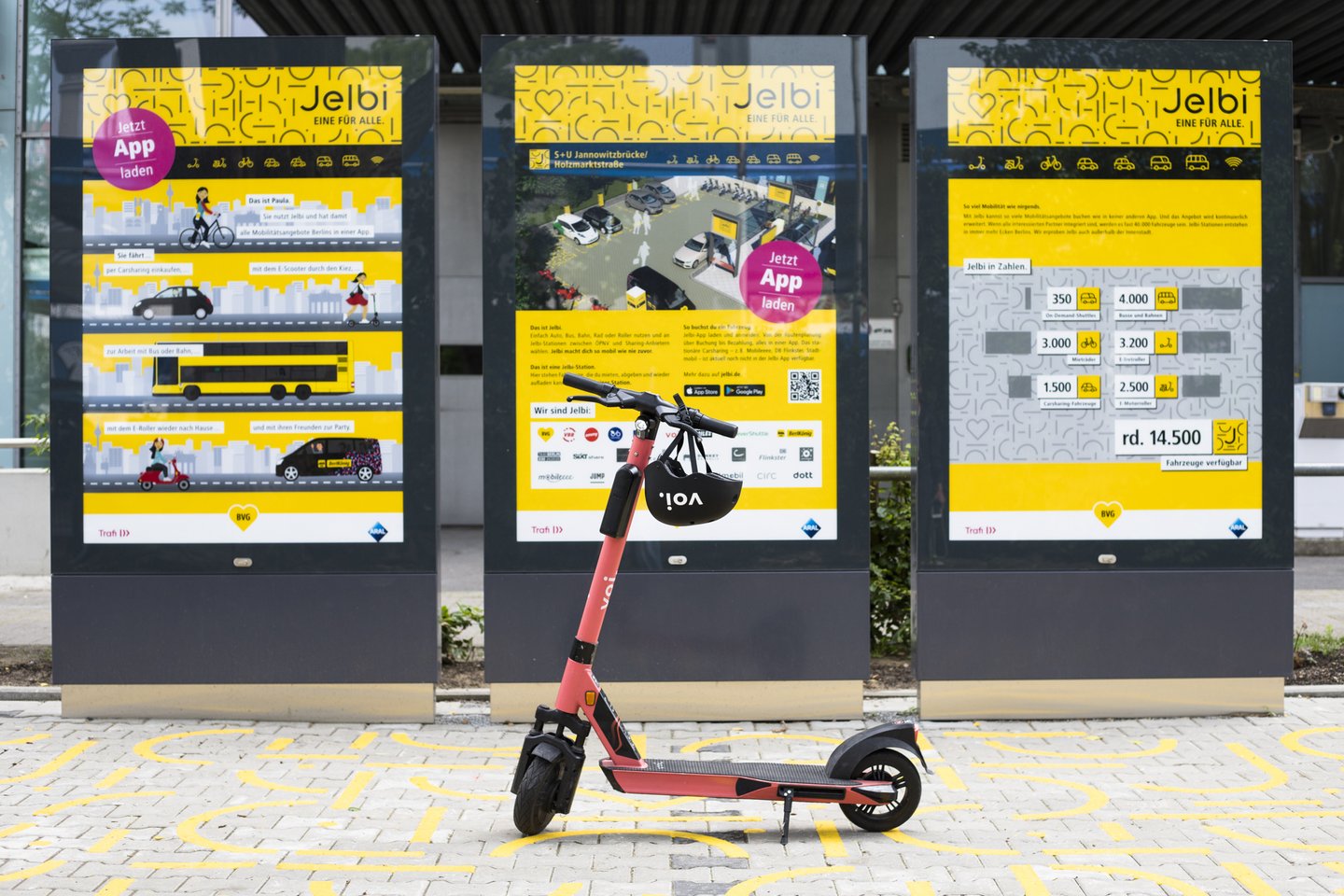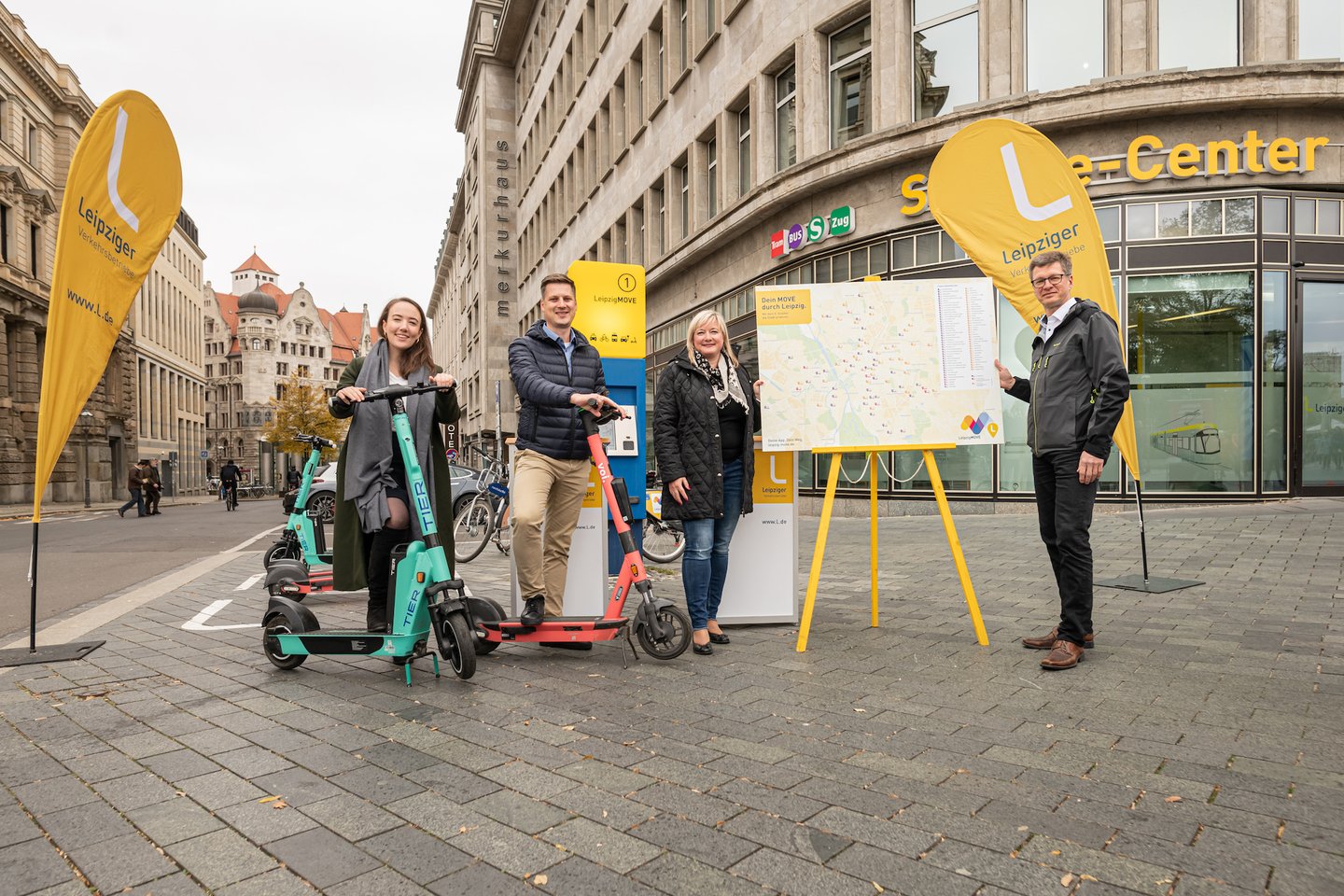Why Integrated Payments Are the Future of Mobility Apps – Voi and Whim Combine e-Scooter and Public Transport Tickets
Mobility as a Service – or “MaaS” for short – is one of the most popular digital innovation topics in the 21st century. The idea behind this somewhat complicated term is to construct an “Amazon of Mobility”, in an app, that combines travel planning, booking and purchasing for multiple modes of travel, such as e-scooters, public transport and other sharing offers.
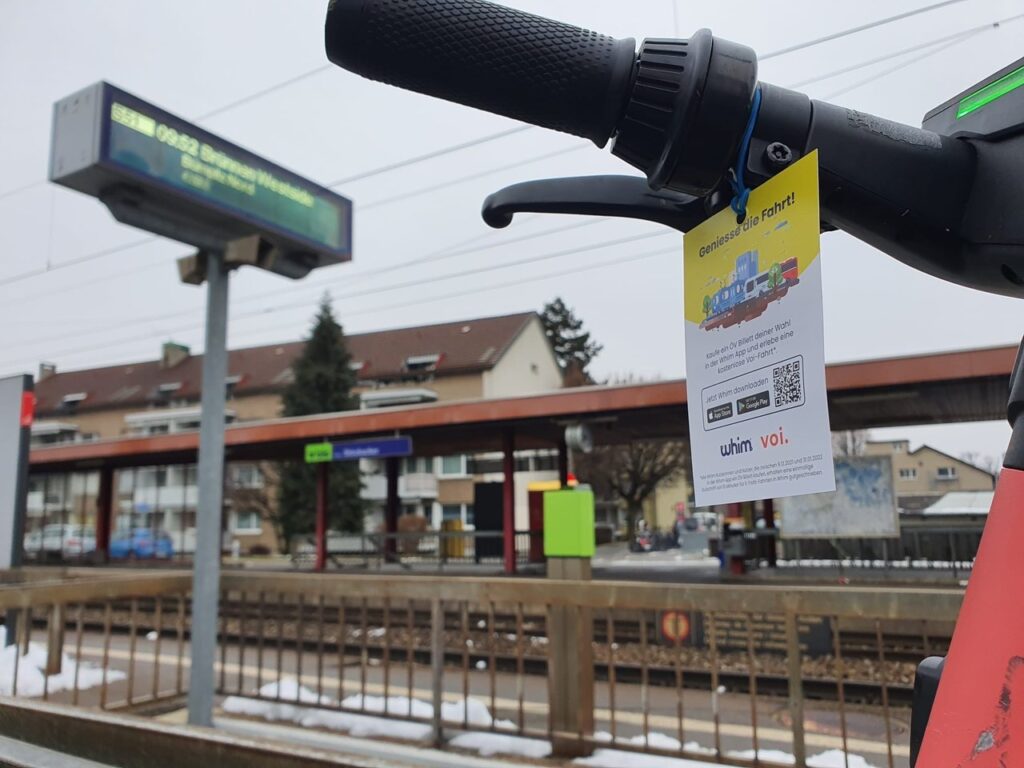
Voi’s Partner Whim is developing just that, and has recently launched a campaign in Switzerland to promote the usage of integrated payments. By buying any public transportation ticket type available via Whim, in Bern or Fribourg, commuters automatically get rewarded with free rides for our scooters. So instead of buying a train ticket and then opening the Voi app to find a Voi for the last mile from the train station, they only need to pay once – and can do the entire booking process through Whim.
To learn more about the development of apps, integrations and centralised payments we talked to Jonna Heikkinen, head of global business development at MaaS Global, one of the leading MaaS players in Europe and the company behind Whim.
- Every great project starts with a vision. When developing Whim what was your biggest motivator?
Our aim is to provide a smart way of moving that is as good as, or better than owning a private vehicle: one app that connects public transport around the globe with all sorts of sharing offers – e-scooters, bikes, shared cars – you name it. Or, to put it differently, want to drive change from ownership to usership and provide solutions on a “Whim”.
- In your opinion, what are the biggest advantages of the “Mobility as a Service” approach – why do we need it right now?
According to United Nations, approximately 68% of the world’s population will live in urban areas by 2050. Cities are facing great challenges to adapt their traffic network and then there’s climate change as well. Altogether there’s a strong need for a more economic and sustainable system that should improve the use of public transport and other shared services. Through the MaaS platform, users can access a variety of transportation services to combine buses, trains and trams with scooters, bikes and shared cars. This way we can cover each individual mobility need.
- Can you give some examples of different travel options that users can book through Whim?
With Whim, we currently provide access to travel by bus, tram, commuter train, metro, public ferry, rail, shared bikes, e-scooters, shared cars, taxis and archipelago boats. In Japan, we even have on-demand shuttles as part of the system.
- What does it take to develop a fully functional “Amazon of Mobility”? Is it just all about coding?
This is a very common misconception. It will still take time to get into an ideal MaaS solution that answers to the global challenges we’re currently facing and there’s a lot of pioneering work to be done. This is due to varying data standards in the transportation sector and the lack of an overarching regulatory framework. It is also much related to changing the user behaviour from ownership to usership.
- What would a realistic timeline look like and where should we start?
When comparing with 2014, when MaaS was still a concept, a lot has happened: global awareness of the concept has attracted partners and investors, sparking several MaaS pilots and companies worldwide, even a MaaS Alliance. But it is important to remember that revolutionising how people travel – and they’ve been doing it the same way since 1908, really – will not happen overnight, or in a couple of years. It will take time for it to get into a mass-adoption.
- Where does Whim stand right now?
In 2021, Whim integrated a grand total of 15 transport service partners in their home country Finland and has several other local and global transport service partners in other areas in Europe and in Japan, and is on a road to global expansion – for example into Switzerland.
- That’s a lot of options. How do people use them?
Initial results from 2019 show that Whim users make 73% of their trips with public transportation compared with 48% trips made by the average citizen. Analyses are based on data of 70 000 registered Whim users in Helsinki, Finland on how people use MaaS and how that compares with overall usage of transportation services in a particular city.
- It’s looking really good for MaaS! Any last words you want to leave on the internet?
With the option of door-to-door travel, cars provide a very high convenience for end customers. However, at the same time they take up space, create emissions – 40% of global emissions will have come from transport by 2030, and out of those 60% are from cars – and cost a lot of money: The average cost up to 600 euro per month and, in addition, they remain parked 96% of their lifetime. The transport industry is playing an important role in changing this into more sustainable travel and partners like Voi are crucial for Whim to be on the road of making this happen.
This article was originally published by Voi Technology.



